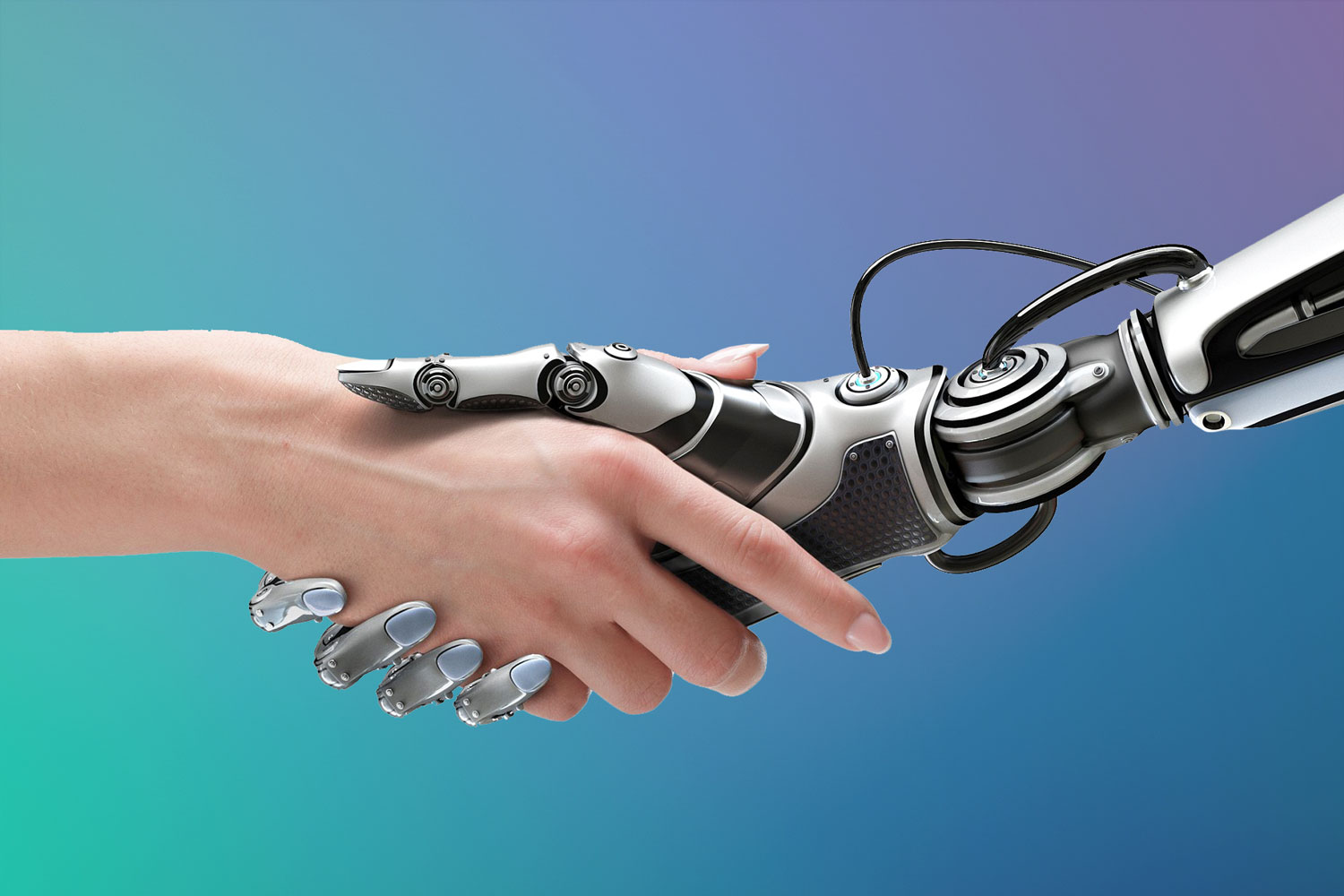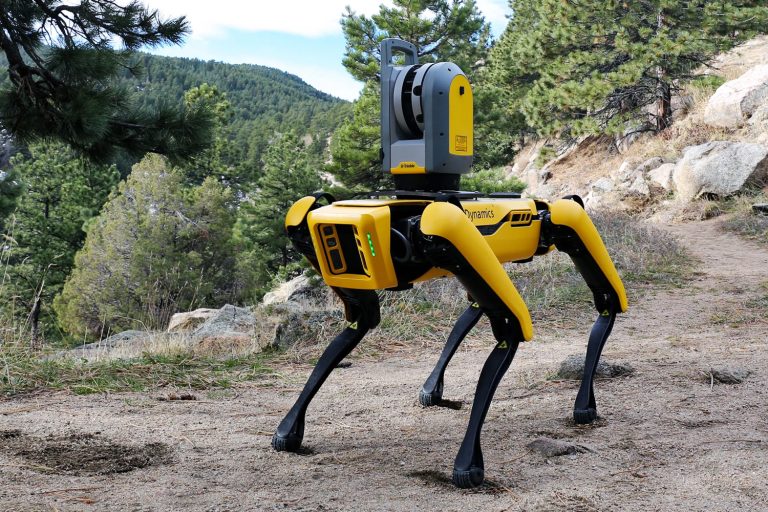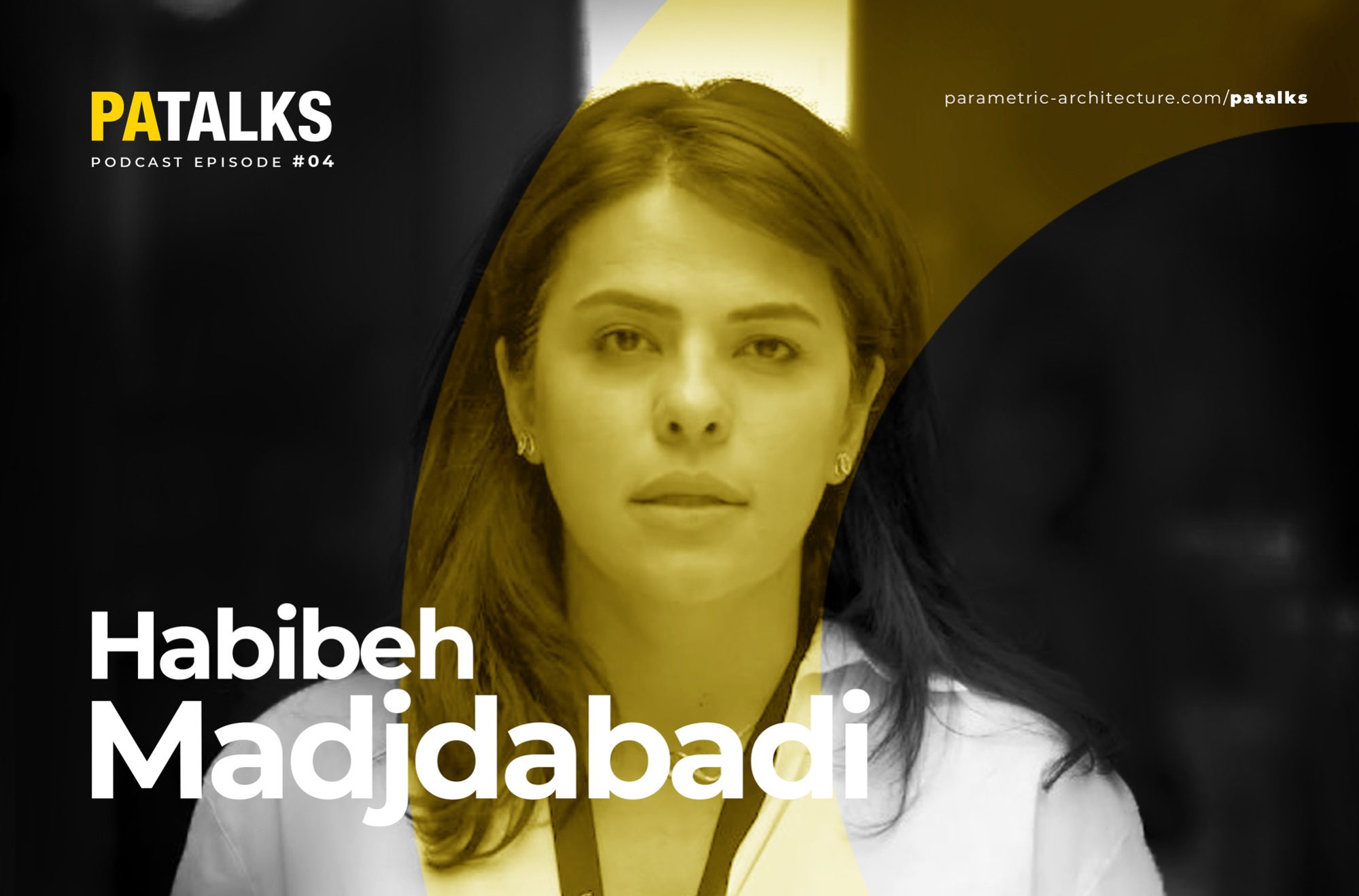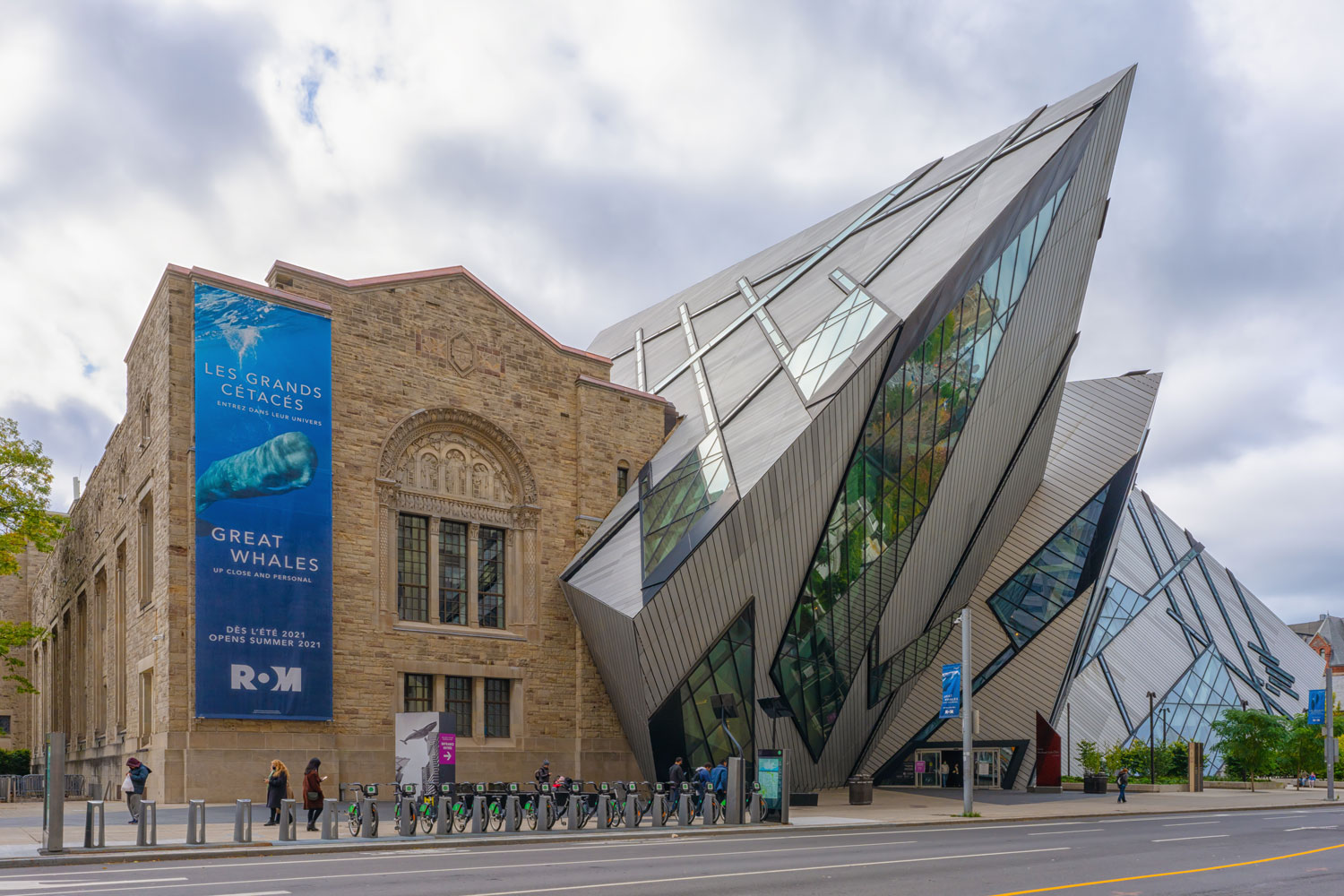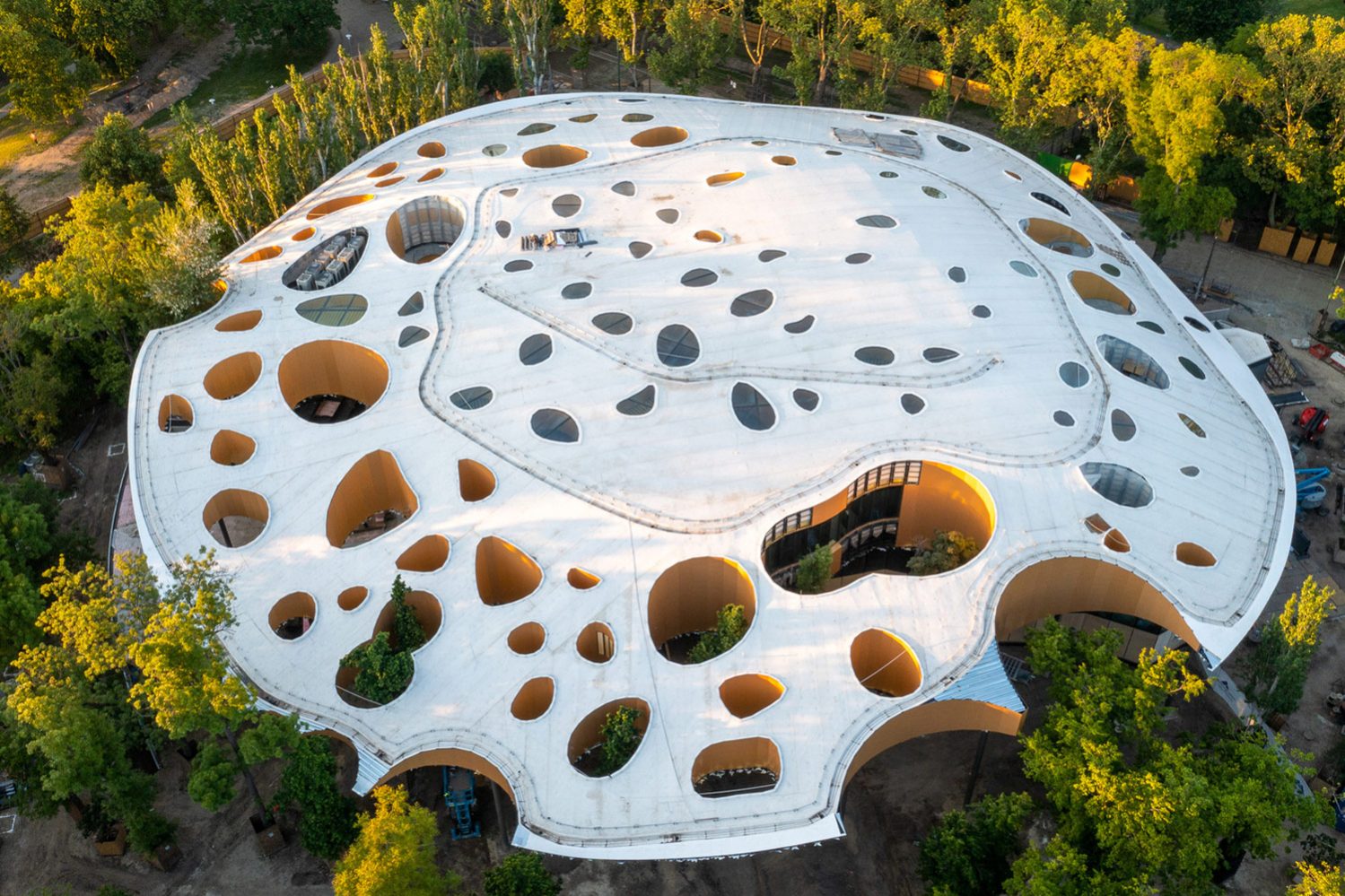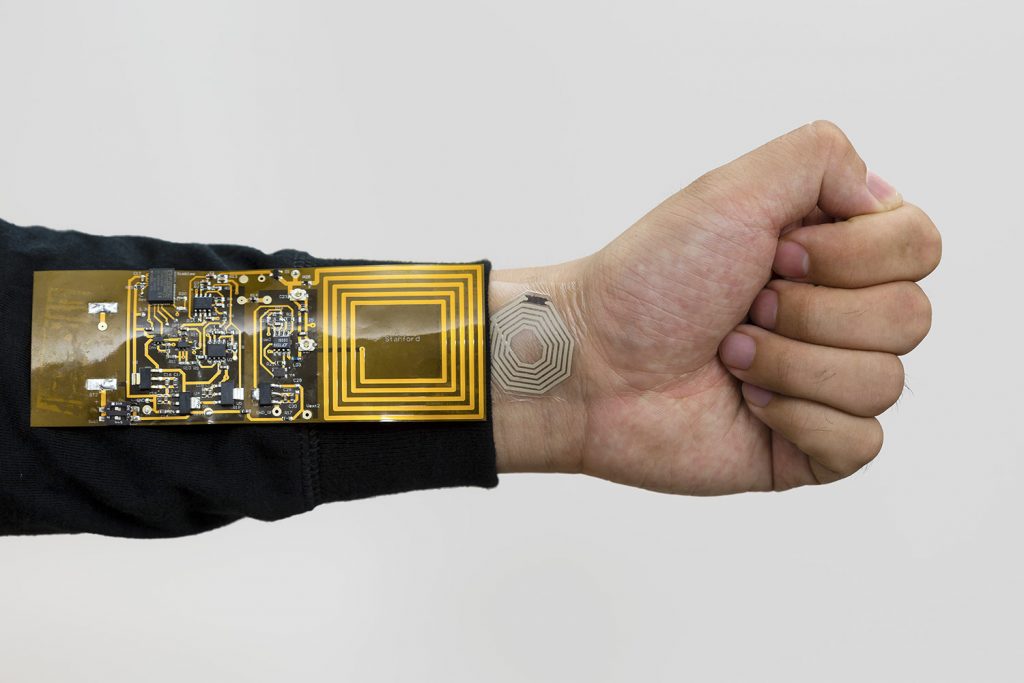
“Artificial Senses visualizes sensor data of the machines that surround us to develop an understanding of how they experience the world.” explained aesthetic researcher Kim Albrecht. Artificial senses are tools that help humans perceive their surroundings better. Artificial senses are a class of artificial devices that enable people to have sensory perception in addition to what their natural bodies provide.
Artificial sense devices, such as sonar and magnetic sense, are built into humans (cyborgs) or body extensions, such as prosthetics.
Sensors function similarly to the human eyes and ears. Artificial sensors are computer-based devices that can measure physical quantities on multiple levels, such as temperature, light intensity, sound intensity, location coordinates, and so on.
What makes you a cyborg?
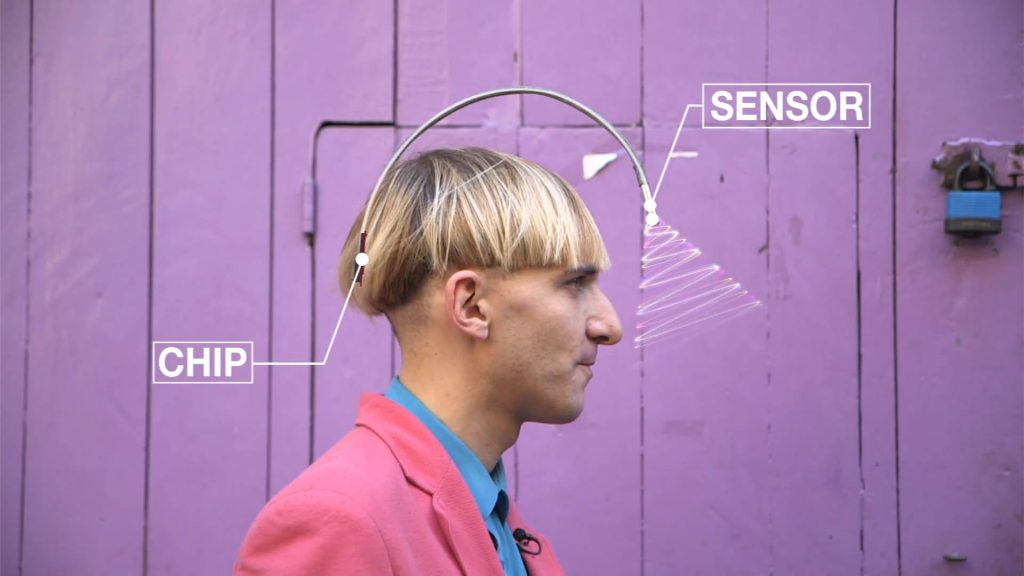
The term “cyborg human” was defined by Manfred Clynes and Nathan Kline to describe an organism in which the functions of several organ systems are performed by mechanical, electronic, or a combination of these prosthetics.
A cybernetic system, certain stimuli, and an individual in need of superhuman performance are the three main components of the cyborg human theory. A cybernetic organism is an artificial system composed of agents and components that carry out a set of predefined tasks. This system is also known as an “artificial life form” because it simulates the behavior and characteristics of living organisms.
Manfred Clynes saw an application for his ideas in the brain-computer interface research on mammals by John Lilly, and subsequently published a paper titled “Cyborgs and Space” in Astronautics Magazine in 1960. Here’s how the ‘cyborg’ was introduced:
“For the exogenously extended organizational complex functioning as an integrated homeostatic system unconsciously, we propose the term ‘Cyborg’,” wrote Rockland State University scientists, Manfred Clynes and Nathan Kline.
Clynes was also responsible for developing several innovative concepts related to space and other areas, including clothing for astronauts, hybrid power sources for spacecraft requiring no replenishment of fuel from Earth, industrial robotics in automotive plants, manned space flight with artificial systems (artificial gravity) instead of centrifugal force and magnetic levitation techniques; he also proposed practical methods to create a new form of sculpture by mixing materials such as stone or iron into the concrete while it is being poured into forms.
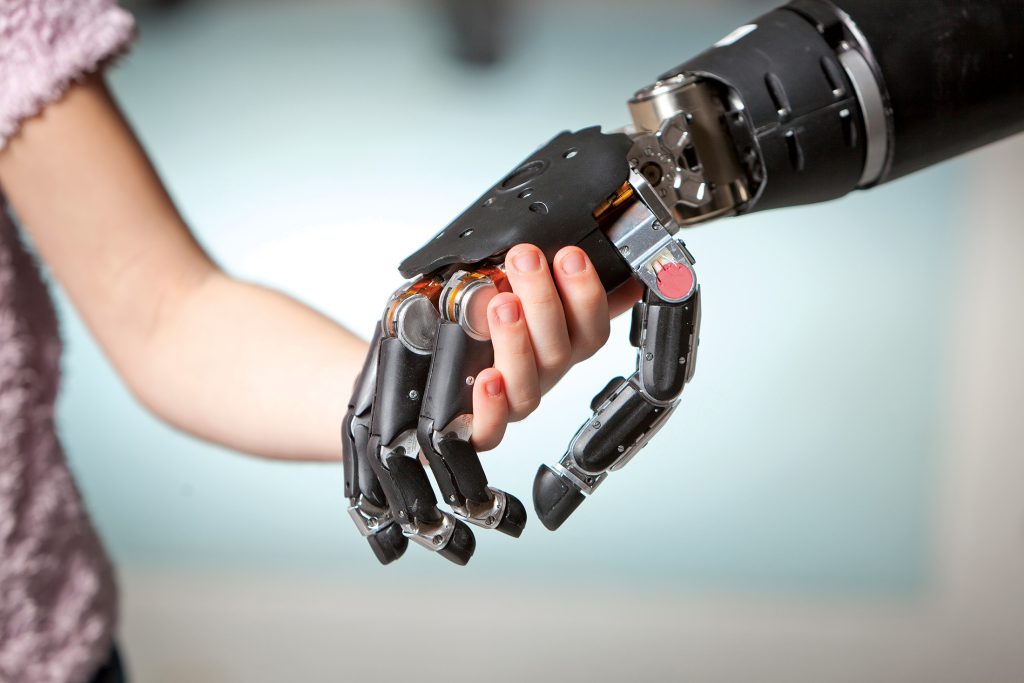
Donna Haraway, another important name that writes on cyborg humans and feminism, offers a prophetic description of the cyborg in her essay Cyborg Manifesto as a figure who destabilizes existing binary oppositions between body and machine, male and female, human species.
The Cyborg Manifesto appeared in the Socialist Review in 1985, alongside several other pieces that contributed to the discourse of cyborg as a metaphor for feminism. According to Haraway, cyborgs are the third type of being, not one of the two. This cyborg power represents the need for women to find ways to occupy public space while not disrupting the relationship between biology and technology.
Essentially, a cyborg is a human-technology hybrid, often referring to cybernetic organisms such as a person whose body parts or functions are powered by technology. A cyborg human is someone who has one or more non-human body parts, such as artificial organs or limbs.
“Cyborg Human” is a word used to describe someone like Neil Harbisson, who perceives color through an electronic eye prosthesis after losing his sight in childhood.
Neil is a cyborg artist as well as a cyborg human with artificial senses. In 2004, he became a cyborg, and he uses an antenna implanted in his skull to perceive colors as sound waves. Neil is also the world’s first cyborg, according to Guinness World Records.
The difference between artificial senses (AS) and artificial intelligence (AI)
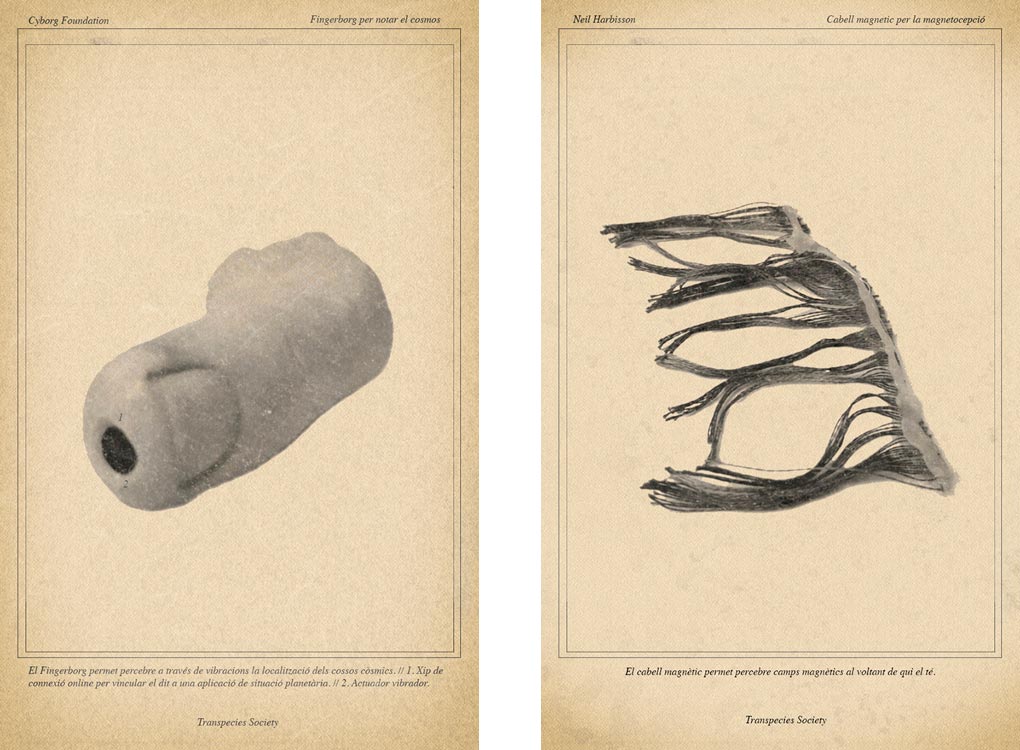
Artificial Intelligence (AI) and Artificial Senses (AS) are not the same things, but they both derive from the idea of incorporating technology into a primarily human process. By creating artificial neural networks, artificial senses technology attempts to replicate the physical process of sensing within a machine.
Artificial intelligence, on the other hand, is a field of study concerned with the question of how to create computer systems that behave similarly to humans despite the fact that they are not human themselves (in contrast, machines designed for special tasks such as playing chess or guiding missiles are not considered to be AIs).
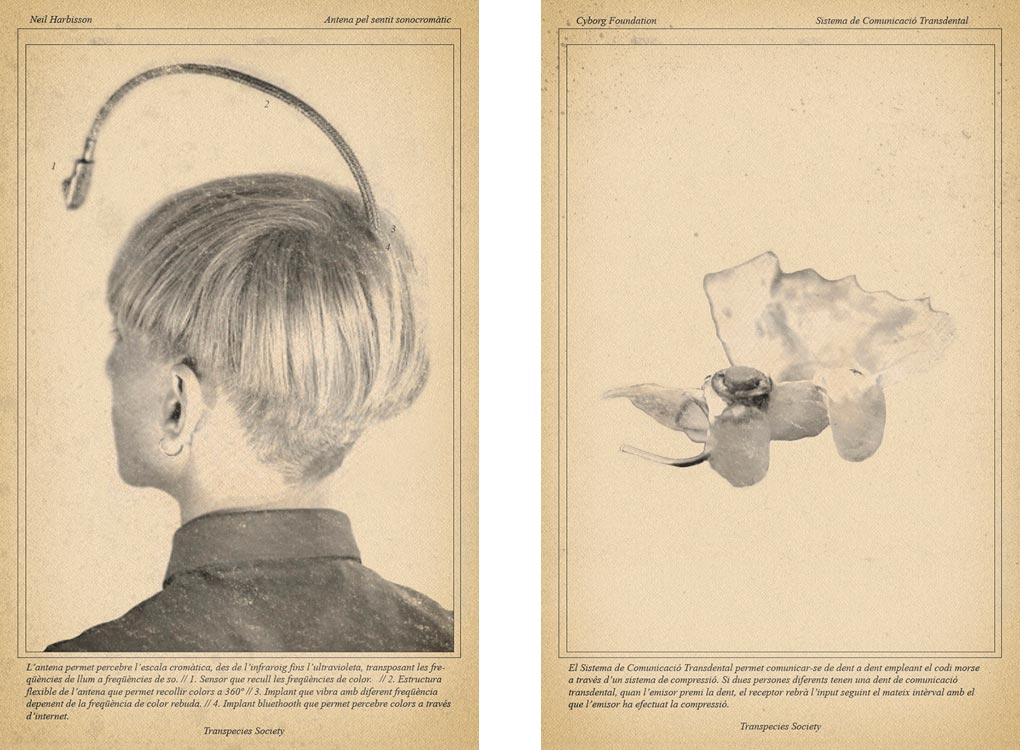
The Cyborg Foundation, founded in 2010 by Neil Harbisson and Moon Ribas, simplifies the distinction between Artificial Intelligence (AI) and Artificial Senses (AS), stating that artificial senses occur when technology gathers stimuli but the human creates the intelligence, as opposed to AI, which occurs when the machine itself creates the intelligence.
“Cyborg Foundation focuses on Artificial Senses (AS) where the stimuli are gathered by the technology but the intelligence is created by the human – as opposed to Artificial Intelligence (AI) where the intelligence is created by the machine itself.”
Spanish cyborg artist and transpecies activist Manel Muñoz says he can feel changes in the weather because of his artificial senses: “If the organ was giving me the weather forecast, this would be artificial intelligence, because I don’t need to think about what the forecast will be. But, in my case, I am using or I am having artificial sense because this is giving me a new input that, maybe with experience, I will learn how the atmospheric pressure works and I will be able to learn and predict the weather.”



